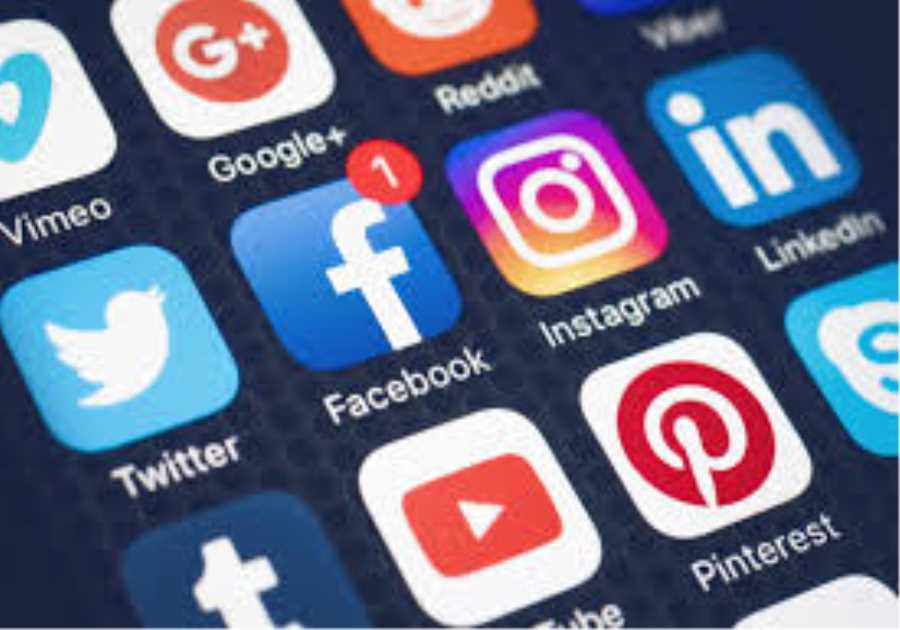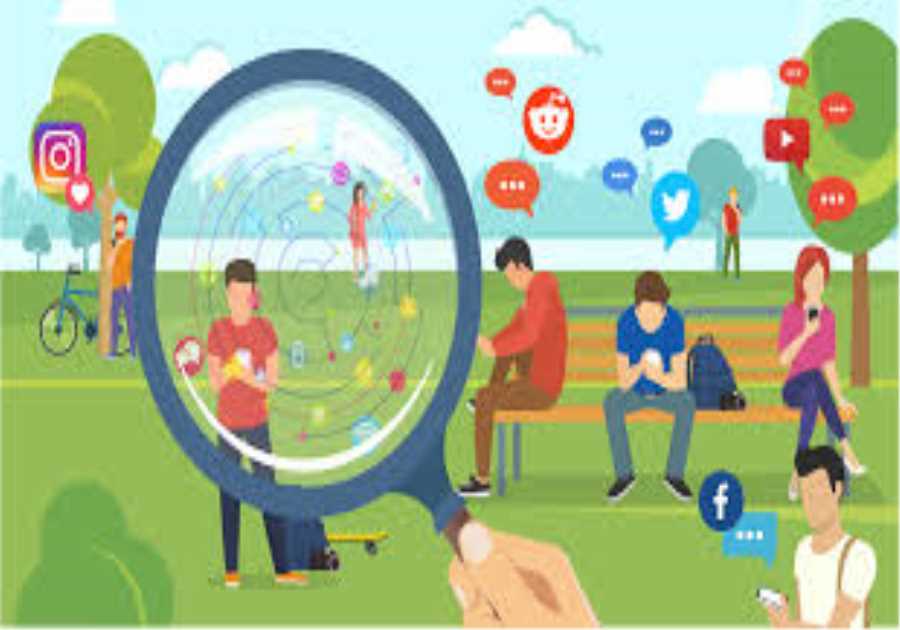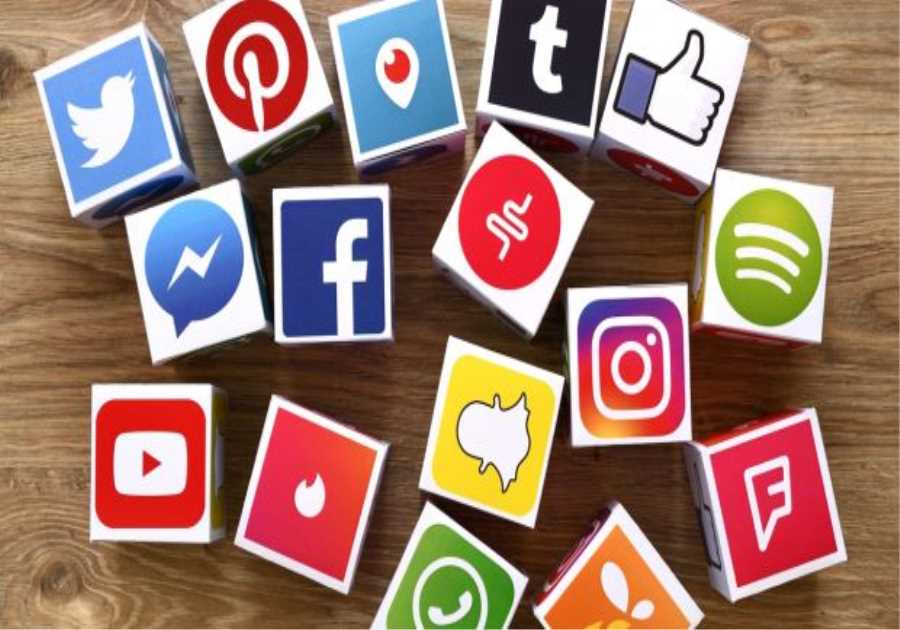
If you spend any time on social media, you know how likes and engagement and hyper important. Especially if you’re trying to grow your profile, perhaps to be an influencer or just to get more likes.
Chances are you’ve heard about fake likes and fake influencers.
But how do these fake social media influencers inflate their engagement, and why? And what does it mean for different types of social media user?
Why are likes important?
Social media has become the go-to source of information for many people. From Facebook, YouTube and Twitter, to Instagram, Reddit and TikTok.
But getting your post seen can be a challenge on these never ending walls of content.
With likes, and more followers, posts are often given priority over others. So if you have an account with thousands of followers and a post with hundreds of likes, chances are that post will eclipse the less engaged with posts that will likely appear further down the list – if atall.
And this holds true for every social media platform. Increasingly YouTube influencers are quite transparent, telling viewers to ‘smash that like and subscribe button’ as it helps the channel.
The same is true for Instagram and every other social media site.
Now you might think that just creating good content is enough to climb the timelines and build your following.
But there are ways to massively shortcut the process – and some of these can be quite underhand and damaging.
How influencers inflate their engagement
Buying clicks and likes online is easier than ever. Simply search Google for ‘buy Instagram likes’ or ‘Buy YouTube views’.
These clicks and followers can be incredibly cheap, sometimes as low as just a few dollars for thousands of clicks. They’re often also marketed as ‘genuine’ traffic, suggesting real people from specific locations.
And the truth is, the buying and selling of these fake clicks is commonplace. Even your favourite influencer (or whoever you follow on Insta) probably has a big stack of fake followers.
After all, for just a few dollars you can boost your views and probably climb up the timeline and win more followers.
But what exactly are these paid likes and followers? Are any of them as ‘genuine’ as they claim?
The click industry
When you buy clicks, or followers, you’re normally paying for a click farm. A click farm is a location that creates bulk internet traffic often using bots.
These bots are basically automated scripts that run 24/7 and can click hundreds of times per minutes on anything online. Basically, whatever you want to hire a click farm to click, they’ll be happy to click.
In general, these click farms are used to engage with social media posts, YouTube videos and ad banners on websites (inflating ad payout for publishers). However you can also hire a click bot to watch live Twitch streams, listen to Spotify or download an app.
In short, if there is a market for inflating engagement, or a reason to click for followers or to earn money, you can hire a click farm.
These is also another channel for paid clicks, which is paid-to-click websites, or PTC websites.
You might have seen these advertised as ‘work from home’ opportunities. The theory is that people sign up for a PTC website or app, and they earn money each time they view an ad or video or click a link. The payout is usually low, so people need to click a lot.
But this form of remote click farm is especially popular in low income countries such as in Asia or some countries in South America.
The impact of fake clicks
For the average user, the impact of fake clicks isn’t that big a deal. People see a post has lots of likes and they might think it has more authority or a reason for being so popular, but it tends to be because of fake engagement.
One of the main problems of fake engagement has been the spreading of fake information, the ‘fake news’ issue. Platforms such as Facebook and Twitter have long been trying to tackle the problem of disinformation being spread on their platforms, which is often a result of inflated engagement and fake accounts.
Research suggests that around 40-50% of all web traffic is automated. Those that are most affected are advertisers, who often find that large chunks of their advertising budget is wasted on non-human ad spend.
The rise and rise of click fraud has become a $35 billion issue for the marketing industry. With so much money wasted on pay per click ads, or social media ads, advertisers have been turning to online methods to reduce their exposure to these bots.
What is being done about fake engagement?
At the moment, the problem of non-genuine engagement on social media or the internet as a whole is not being taken entirely seriously by the major platforms. Facebook and Google both claim to be tackling the issue, but the problem does still remain.
By removing engagement metrics such as likes on Instagram, Facebook is trying to devalue the ‘like’. However this hasn’t had the desired effect yet.
Google also rolled out a number of updates designed to change how things like cookies work, and their advertising processes. But as of late 2021, these processes are still a work in progress and have yet to have much of an impact.
Interestingly, there has also been some developments using blockchain technology to verify the ‘proof of view’ for videos and live streams. The best known of these is a project called Verasity, which is aiming to tokenise individual views and eliminate bots.
It remains to be seen if this will have the desired effect.
What can you do?
The best thing to do is to avoid buying clicks or engagement online. This traffic is, despite its price, effectively worthless.
Although it might serve to boost engagement or traffic, it fuels this fake economy and continues to cause problems for both society as a whole and the digital ecosystems.
If you are an advertiser on social media, using invalid traffic blocking software such as ClickCease or Cheq for PPC can hugely reduce the impact of fake clicks.
The post Like It Or Not? The Truth About Fake Social Media Influencers appeared first on Social Media Explorer.






